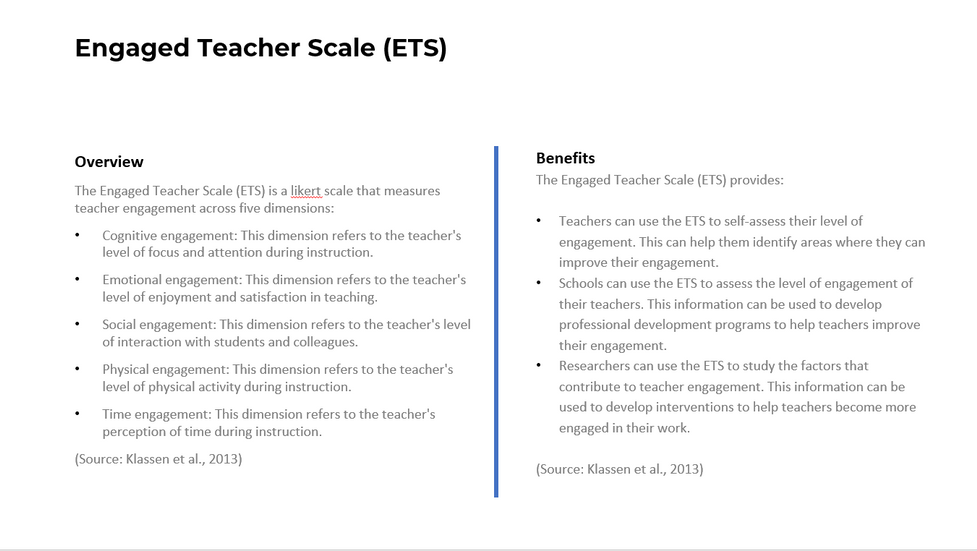Potential Becomes Reality: Learning Management
- alisonlucretia
- Jan 29
- 5 min read
Updated: May 24
From six strategic roadmaps to one unified strategy
Keywords: Learning Management System, Product Manager Job Family, Digital, User Experience

Decentralization can create an abundance of innovative solutions, but when scaling 10x, repeatable standards, outcomes, and reporting are a must. This is a use case about what happens when there is no day-to-day owner of standards and quality for a business critical experience and an enterprise pivots to make an investment in new structures and systems.
The Approach
Step #1 - Onboarding & Important Context
From our central role, we dug in with our colleagues across multiple functions to identify and elevate formerly disparate requests into one impactful enterprise need; a properly equipped and funded LMS (Learning Management System). We set to work; gaining the trust of functions and building a central budget from the decentralized ones that were released to us. We introduced the practice of Products and Product Management to our executive team, and within six months, we had executive commitment, a new job product management family, and a two year roadmap.
Image Slider: Our first enterprise LMS Roadmap and excerpts from our new Business Product Manager Job Family executive briefing
Step #2 - Critical Question & Assumptions
It was time to ground our vision, new Product Manager, and two year roadmap in reality. We knew the key business problems to solve, see 'Goals' in image slider above, but what were the concurrent key end user issues to solve for that would propel the solution and ROI of our investment? Before starting our discovery research, we asked ourselves the following key question and acknowledged baseline assumptions.
CRITICAL QUESTION
What is the 'real work' our future LMS should do for our end users? What value does it need to provide? What tasks does it need to simplify or eliminate? How will it add joy to their days?
ASSUMPTIONS
a) It would be easy to convince our organization to invest in functionality that benefitted the experience and engagement of our learners b) It would be harder to convince our organization to invest in functionality that benefitted the experience and engagement of our instruct c) If our instructors loved the tool, our LMS would succeed in accomplishing its goals d) The primary technology investment to make was in an LMS

Hindsight is 20/20: Our assumptions were close. However, the last two were wrong; 1) We learned through discovery research that there was a missing persona that was the key to adoption and achieving our goals, and 2) Architecturally, we were missing a key foundation in our systems and data to enable an LMS. Read on to learn more.
Step #3 - Team Formation & Roadmap
TEAM FORMATION
Now that we had our critical question to answer, we built a team with the right expertise, relationships, and passion to collaborate to build a roadmap to answer the key question.
Image Slider: Overview of the team roles and responsibilities, Roles across the roadmap
THE PROJECT TEAM ROADMAP
Image Slider: High level roadmap, and more detailed task roadmap
Step #4 - The Work
USER RESEARCH
Image Slider: Three key studies to understand our end users that resulted in key tasks to solve for, journey maps, and key needs.

Hindsight is 20/20: Through user research, we uncovered that the most significant opportunity to ease pain points and streamline tasks was via a third user persona we had not addressed; the LMS administrator. In fact, as we later learned (see steps below), 67% of all of our end user needs were in fact, administrative tasks. This transformed the focus of our RFP and solution.
FUTURE STATE PROCESS MAP
Image Slider: Knowing our user's key needs, we mapped what the final future state should look like for all users and systems to resolve the issues and solve for our business goals. We also created a more focused process map for the complex actions of two types of administrators.
REQUEST FOR PROPOSAL (RFP)
Image Slider: Final scorecard of finalist vendors, RFP rubric, Price comparisons, Final recommendation against all dimensions, image exerpts from actual RFP, and an Architectural ah-ha

Hindsight is 20/20: Through the RFP process, we learned that about 35% of our user and business needs would not be solved by any LMS, and instead were indicative of a need for a Student Information System, which was then included in our overall plan via enhance existing systems and vendor partnerships
FINISHED MVP
Image Slider: Extracted user needs and key
SAMPLE OF OUTCOMES
Image Slider: Extracted user needs and key
Reflection: When the path is unclear, let the root problem be your guide
By the end of our Journey Map exercise, we had hundreds of data points and potential problems that our technology roadmap could solve. The task to create a prioritization exercise to determine our MVP not only seemed daunting but had real opportunity to introduce bias that would block the organization yet again from commitment to a prioritized set of problems. We had done the work, so what were we missing?
Moments like this where the design thinking process is followed but an answer isn't clearly obvious is often an indication that the real answer is something beyond the current focus, but still in plain sight. In this moment, we paused, stepped back, examined all the results, expanded our lens, and had our eureka; the organization needed to commit to real business process change. It wasn't about finding a set of most important user problems to solve; it was about standardizing the experience for all users.


















































































Comments